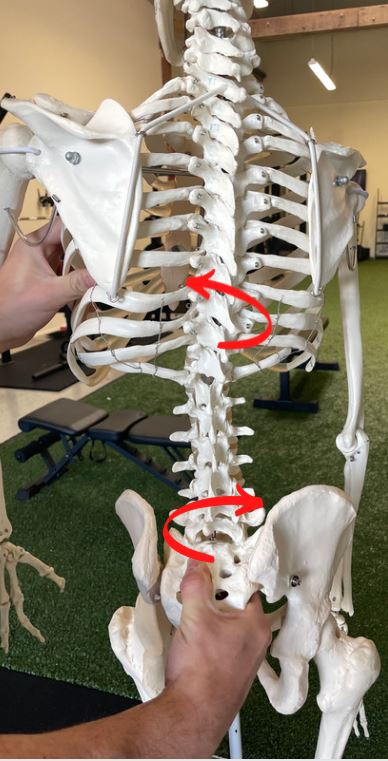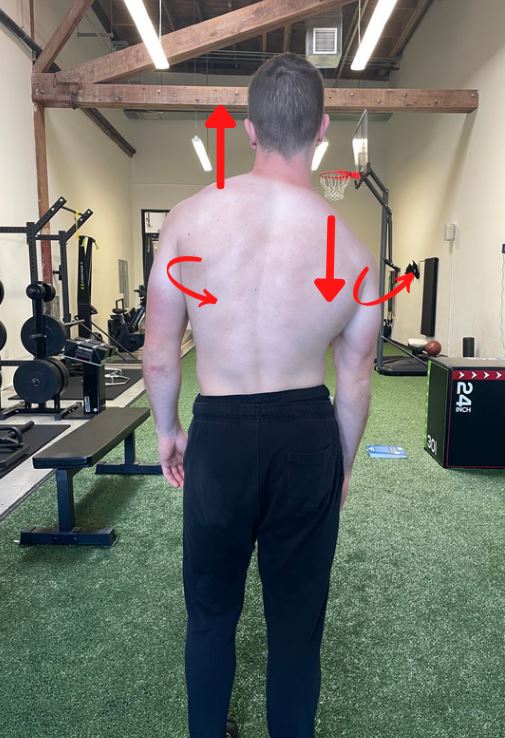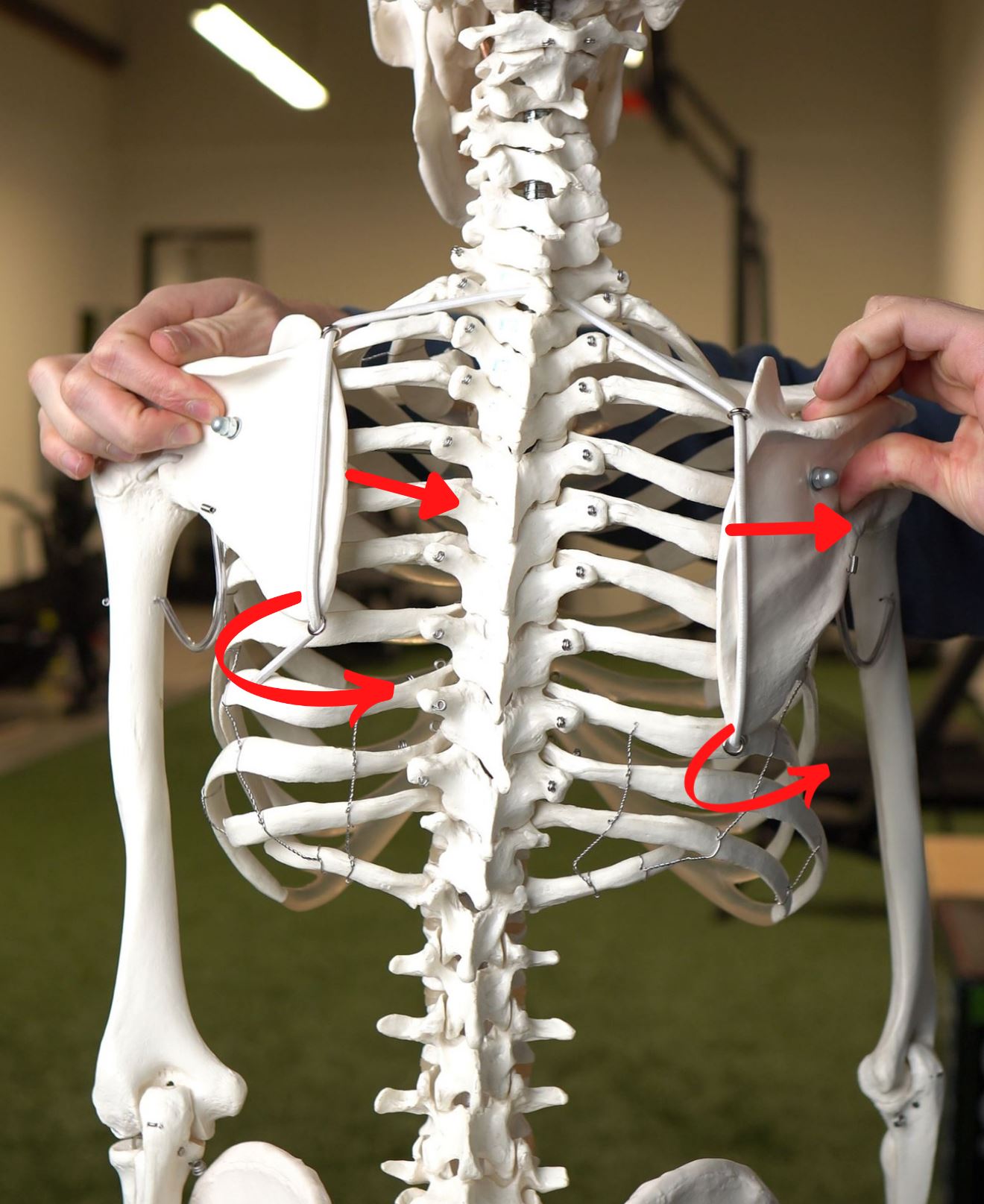How to Fix a Right BC Pattern - A Guide to Resolving Upper Body Asymmetry
Nov 17, 2021
The Right BC pattern is a term that defines the natural human asymmetry every person alive is initially biased towards due to a natural asymmetrical layout of the human body.
If you'd rather watch than read, see the video below:
It was originally founded by Postural Restoration Institute and is the upper body half of the Left AIC pattern (which I have a full article and video on here).
In this article I will discuss:
- The fundamentals of the Right BC pattern
- Assessments that relate to it
- Exercises for addressing the Right BC pattern
Explaining the Right BC
Have you ever wondered why the overwhelming majority of people are right-handed? This is not by chance. The human body has an asymmetrical organ and brain which sets us up to favor the right side of our body. I explain more about that here:
Because the diaphragm is larger on the right side and we favor our right hip, we are essentially turned to the right within our pelvis.
There is some research on this as well:
- This study found that there is a normal rightward orientation of the human spine
- This study foudn that there is a normal right side-bend in the human spine
In order for us to not walk in a circle to the right and "fall" over to that side, we need to create a strategy to even ourselves out somehow. This means that we will (relatively) counter-rotate our trunks to the left above the level of around T12 in our spines:
As a result, our right shoulder moves forward and down while the left shoulder moves up and back:
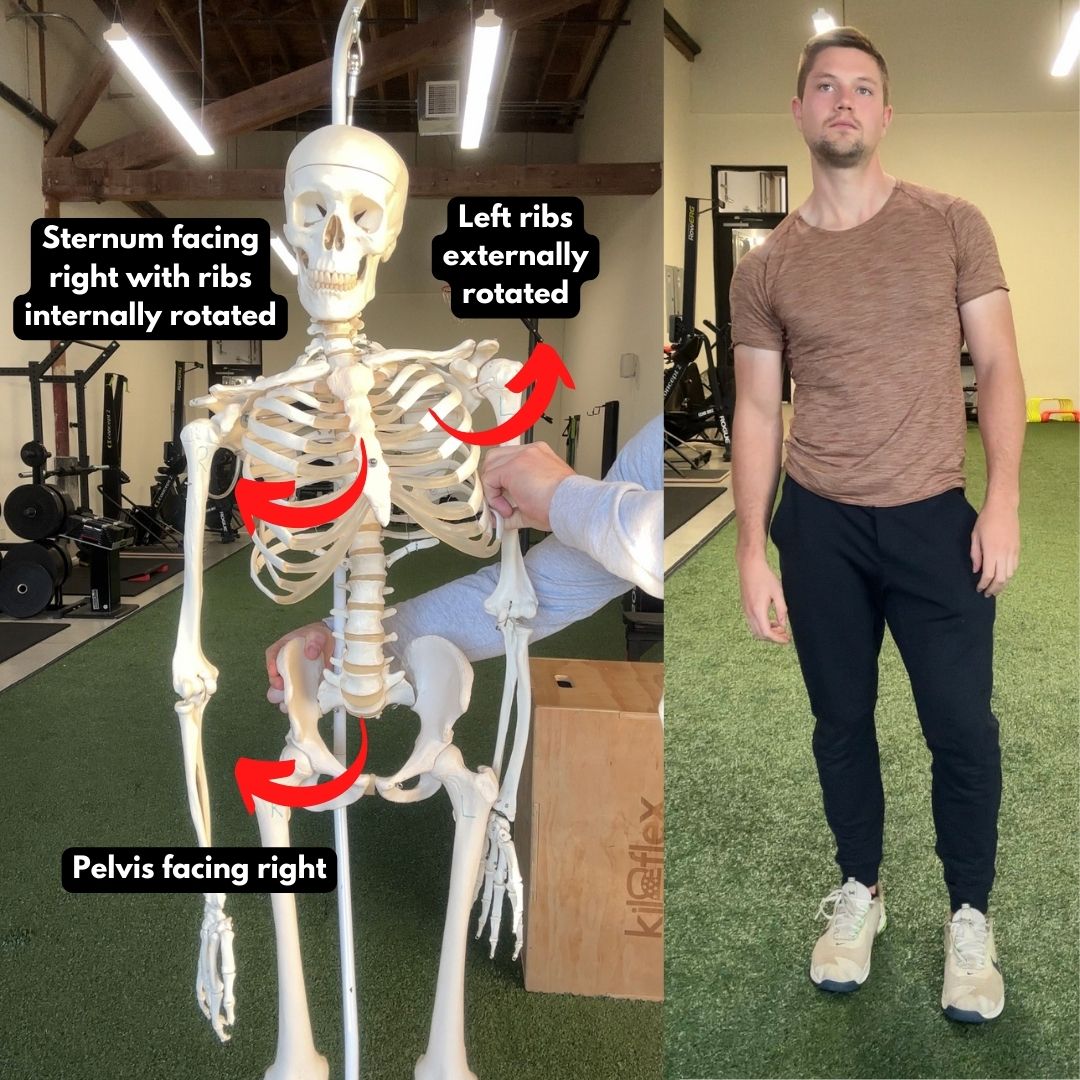
This creates a scapular position where that is asymmetrical:
Right: Overall moved away from the spine
- Internally rotated
- Upwardly rotated
- Abducted
Left: Overall moved closer to the spine
- Externally rotated
- Downwardly rotated
- Adducted
In addition to the diaphragm's asymmetrical position, this results in a bias towards us inhaling and filling up the left chest wall more than the right and right posterior ribcage more than the left.
This will also lead to low ribs on the left that appear more "flared" than the right:
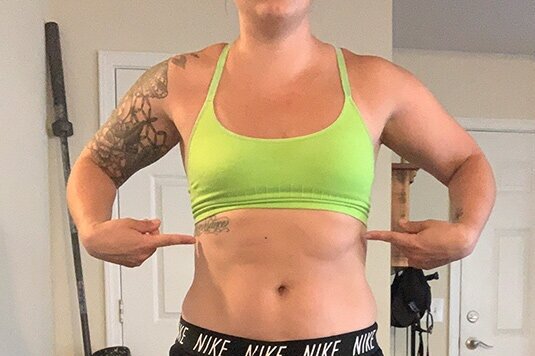
The primary muscles that become tight over time as a result of this upper body position include:
Right:
- Latissimus Dorsi (shoulder internal rotator)
- Pec Minor (shoulder internal rotator)
- Right obliques (side-bending and turn trunk left)
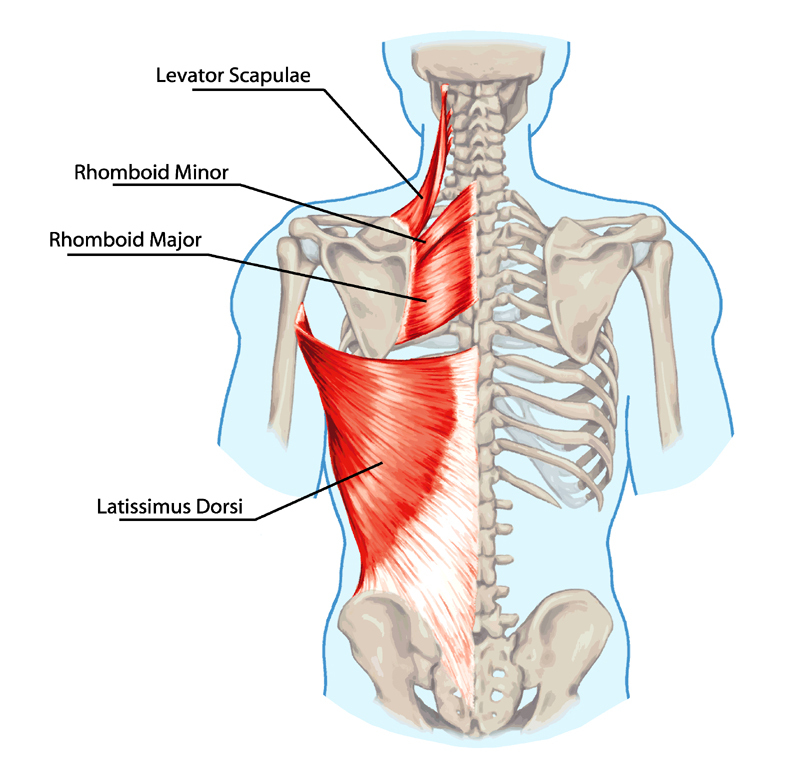

Left:
- Upper Trap (shoulder elevation)
- Pec Major (shoulder external rotator)
- Low Back Extensors (compresses back ribcage)
How to know if you're a Right BC
So how can you tell for sure if this is you? We can use a few simple assessments to gain an objective understanding of where you are at.
I cover many more assessments, how it relates to the Left AIC, additional layers of compensation, and 100+ exercises that can help with asymmetries in my Biomechanics Program.
The expected limitations of the Right BC pattern in terms of range of motion asymmetries are:
More Limited Right Shoulder Internal Rotation: Compressed right chest wall and humerus already in compensatory internal rotation and inability to rotate within the shoulder socket (glenoid fossa)
More Limited Left Shoulder External Rotation: Compressed left posterior ribcage and humerus already in compensatory external rotation
More Limited Left Shoulder Flexion: Compressed left posterior ribcage and scapula biased towards downward rotation prevents scapula from upwardly rotating
More Limited Left Shoulder Abduction: This test assesses how well the sternum can turn towards that side. Because the sternum is turned right, left abduciton is worse.
More Limited Right Trunk Rotation: Due to compensatory left trunk rotation
If you fit the bill with four or more of the expected asymmetries, then chances are very high you are in this pattern.
If you feel like you don't fit most of these expected assessment results, see my content here on what to do if you don't fit the Left AIC & Right BC pattern.
How to Fix a Right BC Pattern
If you're still reading, we've probably established we have a situation where the Right BC is present.
Let me preface this by saying that not everyone needs to restore symmetry. Some can go their whole lives without needing to address this despite being significantly asymmetrical and have no issues whatsoever relating to it. Some athletes, such as rotational athletes (baseball, hockey, golf, etc) also benefit from being asymmetrical and being too symmetrical can actually be less advantageous.
However, many others do have one or more issues relating to this pattern.
If this is you, keep in mind that we can't separate the lower from the upper body.
The goals to address this are:
Step 1: Address the larger structures first: The Ribcage
In order for us to be most efficient in our approach, we need to give the smaller structures (scapula and humerus) room to rotate and glide on a ribcage that can allow for that. The goal is to create expansion in the right anterior and left posterior ribcage.
Step 2: Train muscles to "own" the new range of motion
The primary goal muscles we want to target for each side are:
Right:
- Serratus Anterior (scapular external rotation)
- Low Traps (scapular external rotation)
- Long Head of Triceps (scapular downward rotation)
![Improve Scapula Control – [𝗣]𝗥𝗲𝗵𝗮𝗯](https://theprehabguys.com/wp-content/uploads/2019/10/scaptipping-1.jpg)
Left:
- Internal Obliques and Transverse Abdominals ("closing off" the left low ribs)
- Serratus Anterior (shoulder protraction)
Here are several exercises I have found to be successful at addressing the Right BC. Try those and re-test your assessments after each one.
These are presented in order of easiest to most challenging. Please start at the first and work your way up from there, are the more upright positions are very challenging to execute properly without doing some ground-based work first.
Please remember: Execution is everything for these drills. If you do not have proper form, or just go through the motions without the right intent or feeling the right things, you won't get nearly as much benefit from these. The reason these exercises are so effective is because they are respecting so many different aspects of systems of the brain, skeleton, and muscles. My best advice would be to watch the video, then open it on your phone and listen to the audio and walk through it as I take you through the steps.
If you're looking for a deeper dive on these concepts, check out my Beginner Biomechanics Course.
All Four Left Posterior Mediastinum Expansion
Technique used with permission. Copyright © Postural Restoration Institute®2022. www.posturalrestoration.com
Right Sidelying Right Apical Expansion with Left Arm Reach and Left Adductor
Technique used with permission. Copyright © Postural Restoration Institute®2022. www.posturalrestoration.com
Seated Resisted Right Abducted Diagonal Extension
Technique used with permission. Copyright © Postural Restoration Institute®2022. www.posturalrestoration.com
Standing Supported Passive Left AF IR with Right Trunk Rotation
Technique used with permission. Copyright © Postural Restoration Institute®2022. www.posturalrestoration.com
Left Stance in Left AF IR Position from the Left AIC Pattern
Technique used with permission. Copyright © Postural Restoration Institute®2022. www.posturalrestoration.com
Summary
In order to address upper body asymmetries, it's important to appreciate the lower body as well. Techniques to improve these asymmetries should take into consideration both the lower and upper body, while respecting what joint positions will allow us to target the areas of expansion and muscular recruitment we need to restore variability.
I recommend you start with two sets of five breaths of the drills in the morning and one (maybe two) sets at night for the first few weeks. This will give your body the necessary consistency of input you need to help make long-term changes. Use that help improve your assessment the most, while starting with drills that are more ground-based.
Don’t miss out on free education
Join our email list to receive exclusive content on how to feel & move better.

